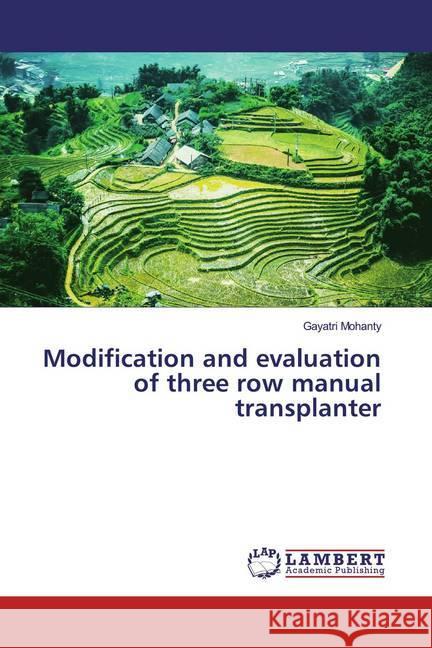Modification and evaluation of three row manual transplanter » książka
Modification and evaluation of three row manual transplanter
ISBN-13: 9786139979639 / Angielski
Rice is a unique creation of crop plant domestication; it is unique in having cultivars of maturity duration varying from less than 80 days to more than 180 days and showing adaptability to a wide range of land situation and water regimes including conditions of water stagnation where no other crop could possibly be grown. Domestication of rice might have started earlier to 3000 B.C. and possibly at a number of centres in South and South-East Asia. Rice is known as the grain of life, and is synonymous with food for Asians. It is the staple food of more than 60 percent of the world population. Rice is mainly produced and consumed in the Asian region. India has the largest area under paddy in the world and ranks second in the production after China. The rice plant belongs to the genus Oryza of Gramineae family. Sativa rice varieties of the world are commonly grouped into three sub-species -viz. indica, japonica and javanica. Rice grown in India belongs to the indica. Rice occupies 23.3 per cent of gross cropped area of the country. Rice contributes 43 per cent of total food grain production and 46 per cent of total cereal production.











